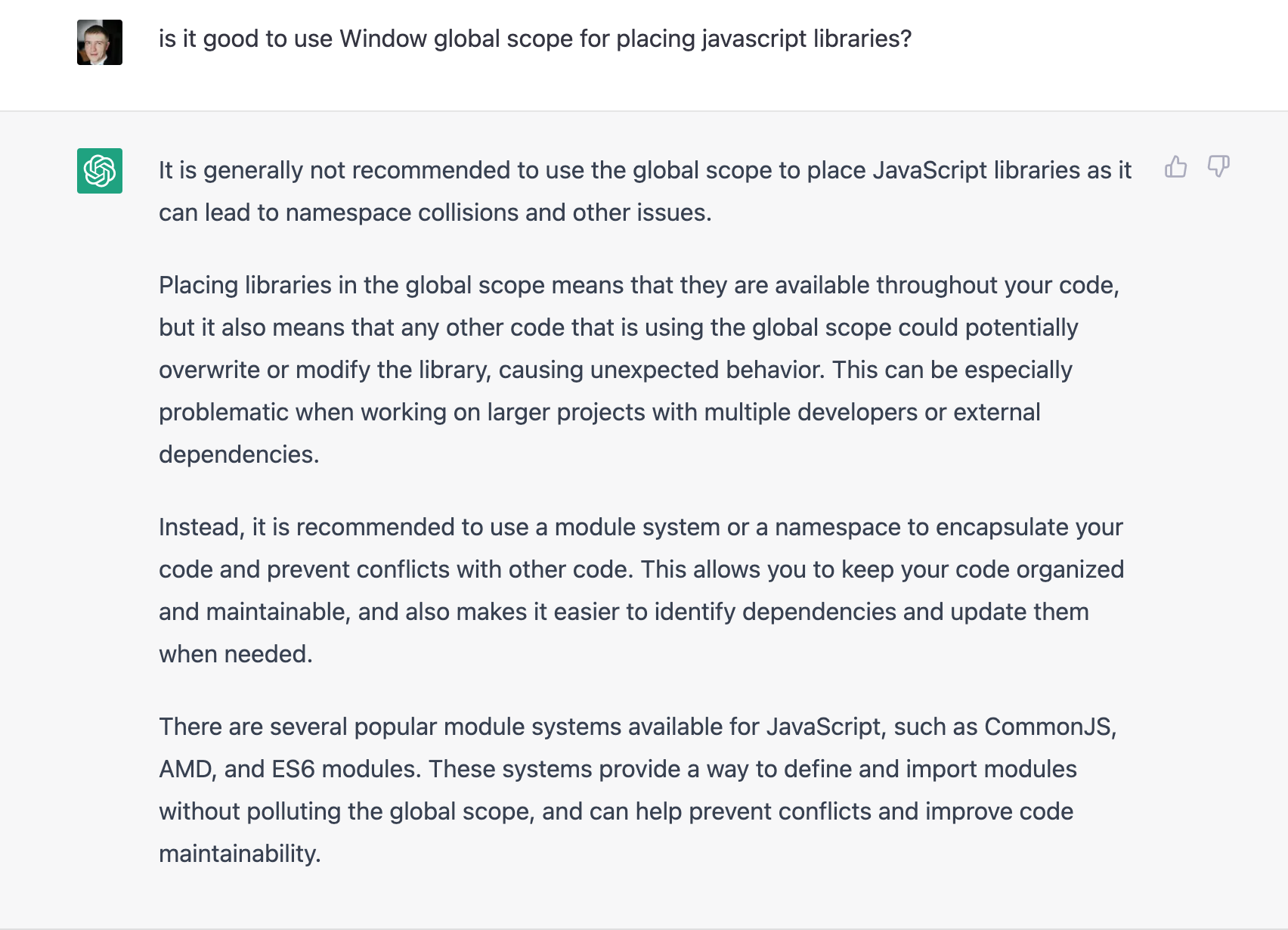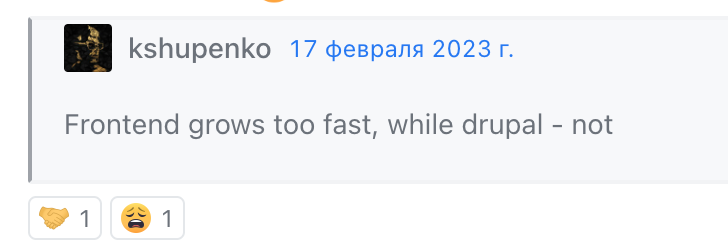I also would like to add my 50 cents to the previous message.
So if we speaking today - from my point of view fully independent components are just impossible in drupal today.
I understand approach of Ivan, it's cool actually. It means that.. probably Ivan will be able with his approach just to copy/paste his components from drupal project to another drupal project with no extra code at all. Or even more - he can copy component and put it in some other framework (vue react wordpress - any actually). Because component contains everything inside already.
It's a simple twig for render, css and js (mostly). And some yml configuration file of component with explanation about what component is.
So maybe an option will be to split kaizen on two "kaizens". One kaizen is a drupal theme, built with drupal core standards (more or less, of course).
And another kaizen with fully independed components (which can be used where? Probably somewhere)




As you know - we are reworking kaizen. And we have two big subjects regarding this:
In this issue i would like to touch a little bit first subject in terms of component's approaches. And i would like to hear your opinions.
Basically we have two approaches available now regarding all this:
Approach proposed by @iberdinsky-skilld - as much as possible independed components. No relation (or almost no relation) between components. Component have everything it need inside of it. a) css variables b) third party libraries lives inside of component c) no include or extend in twig templates. d) all images, icons affected by component - lives inside of component
Approach proposed by me - slightly independent components and more drupal way a) global css variables stored outside of components (same as we had in kaizen all these years). b) third party libraries lives outside of components (collected in one place. Each library have own drupal library declaration. Can be connected to component as a dependency). c) Possible includes or extends in twig (with relation to other components) d) For the icons - still global svg sprite, stored outside of components.
The thing is - both approaches are technically different and not only that. And it's impossible to have both approaches integrated in theme at the same time, so:
Please share your thoughts regarding this. Thanks